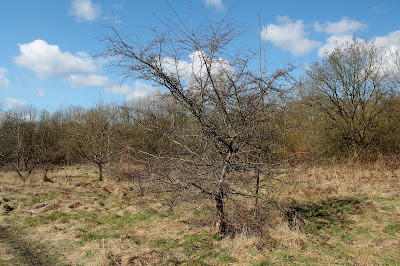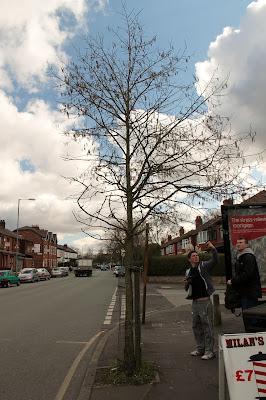Can be either a small tree with a straight rigid stem and sparsely domed crown or a multi stemmed, dense, shrubby tree. Often found in more drier places than the rest of the willows. The Goat Willow is a major source of food for moths whole will eat the leaves.
The leaves are large and oval with a short, twisted point at the tip. The underside of the leaf is noticeably grey and woolly, whereas the top side is a dull green and slightly hairy. They have small irregular teeth.
The shoots are thick, stiff twigs that are hairy in young trees but become smooth and yellowish brown over time.
The Goat Willow is often called 'Pussy Willow' because the silky grey buds resemble a cats paws.



























